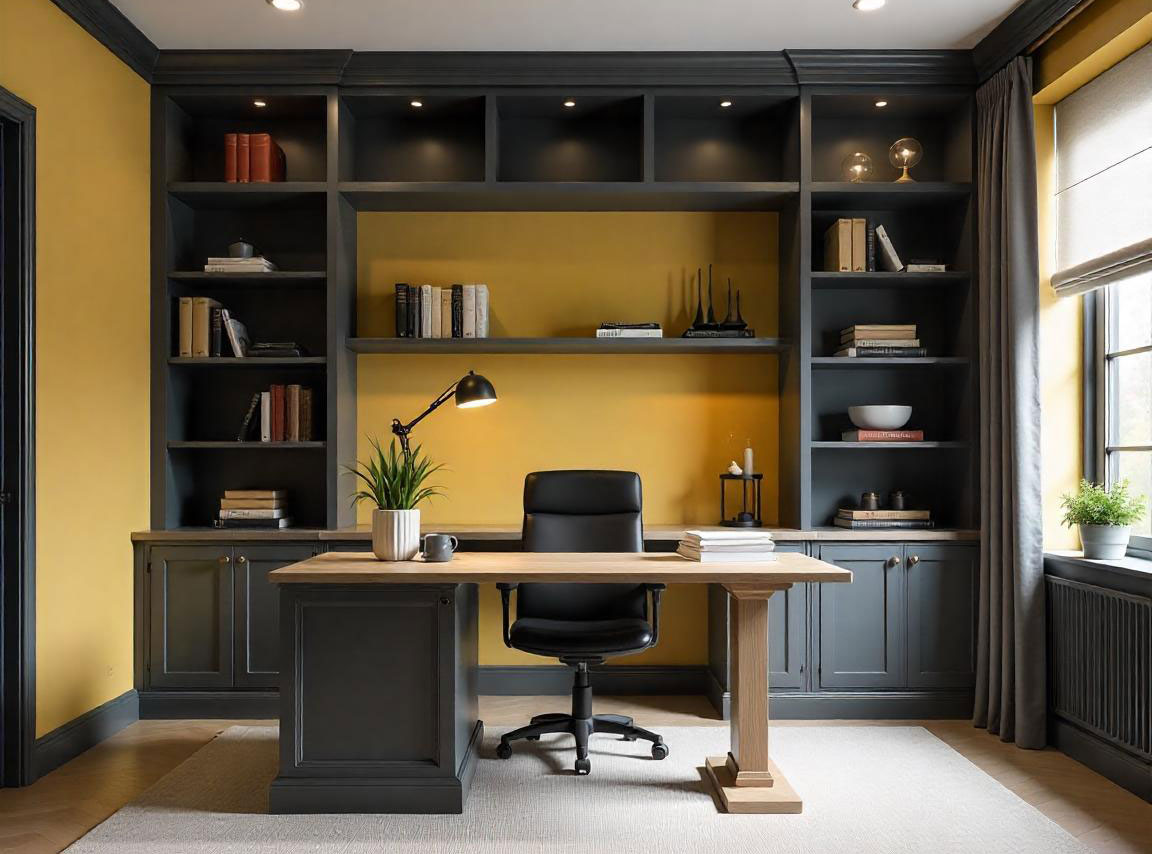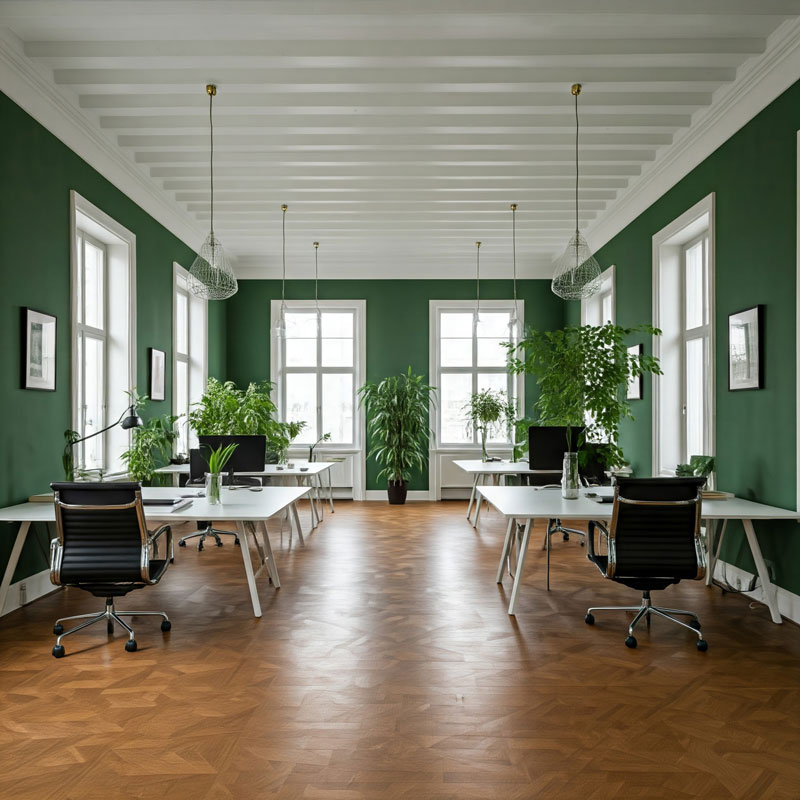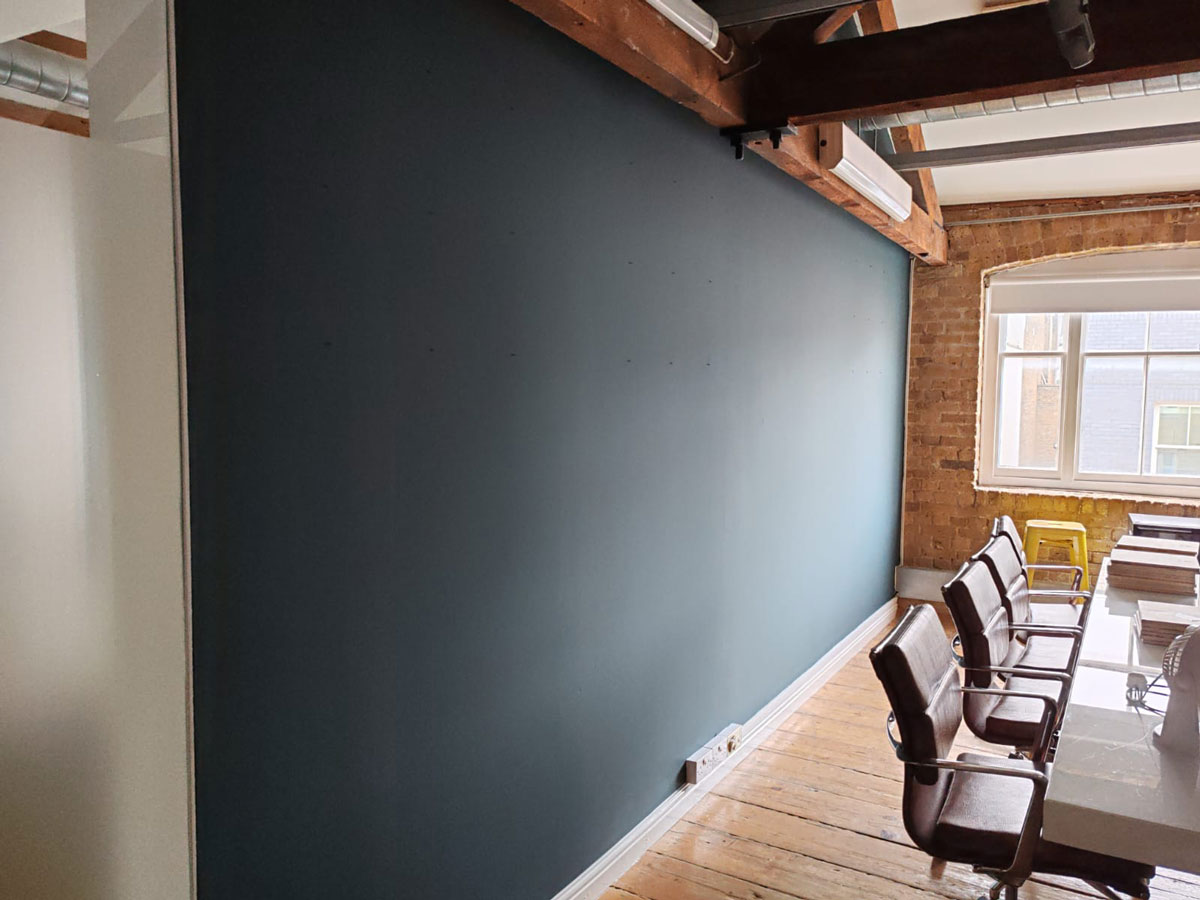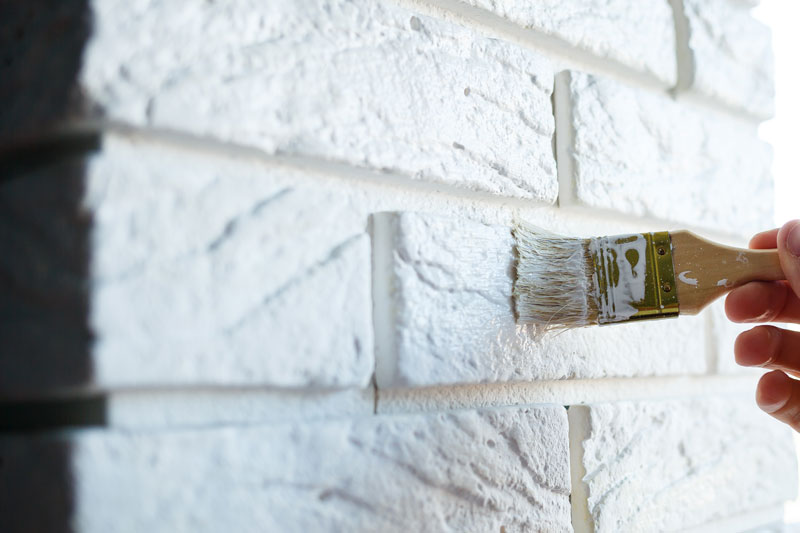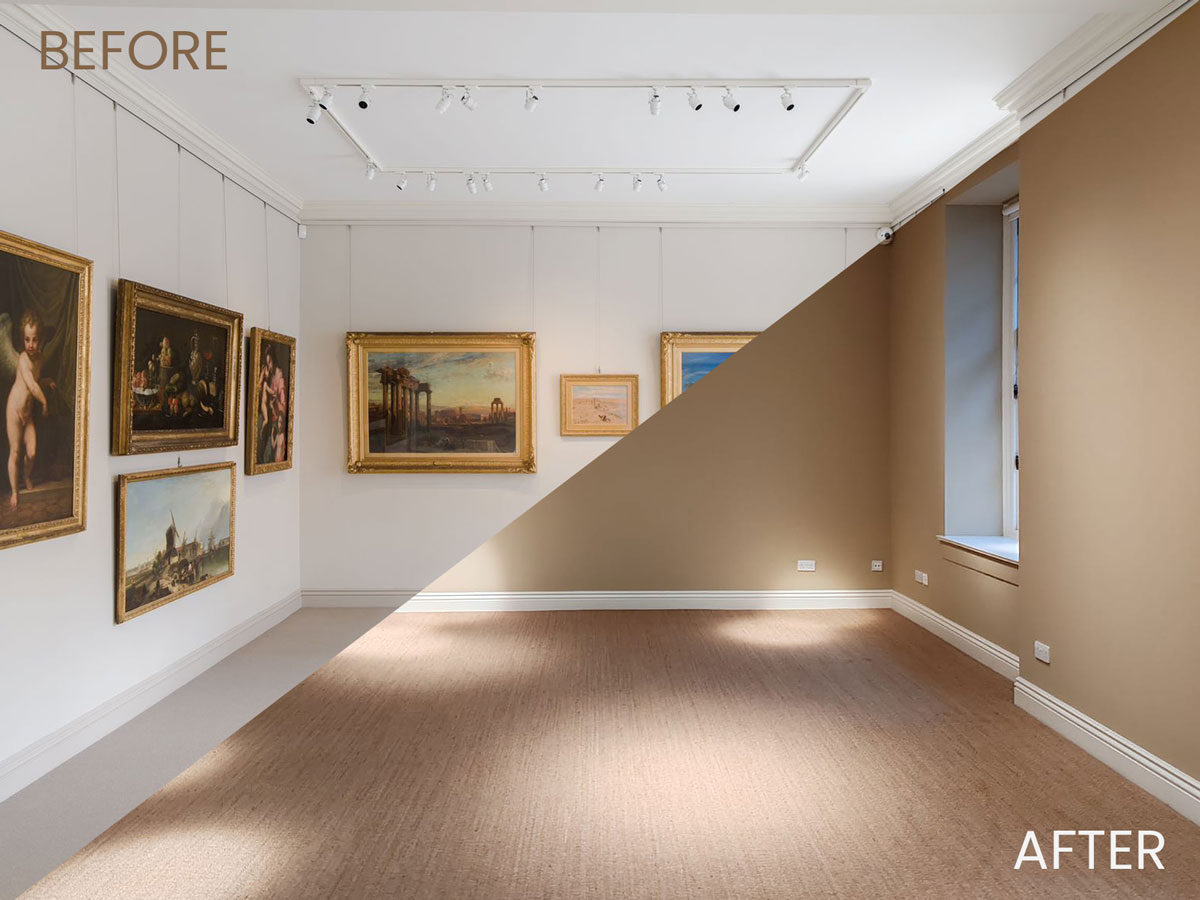Can You Claim Painting and Decorating as a Business Expense in the UK?
When running a business in the UK, managing expenses efficiently is crucial for financial health. One common question that arises is whether painting and decorating costs can be counted as an expense. The short answer? Yes—but it depends on the nature of the work and whether it is classified as a capital or revenue expense.
Understanding Business Expenses
HMRC allows businesses to deduct certain costs from their taxable profits, provided they are “wholly and exclusively” for business purposes. Painting and decorating may fall under allowable expenses, but the specifics determine how they are treated.
Revenue vs. Capital Expenses
The key distinction is whether the painting and decorating work is considered a revenue or capital expense:
- Revenue Expense: If the painting and decorating work is part of regular maintenance or repair (such as refreshing walls, fixing minor damages, or repainting exteriors), it is considered a revenue expense and can be deducted from taxable profits.
- Capital Expense: If the work enhances or improves the property beyond its original condition (such as a full renovation, structural changes, or high-end decorative upgrades), it is classified as a capital expense. Capital expenses are not immediately deductible but may qualify for capital allowances.
Examples of Allowable Painting and Decorating Expenses
Businesses can typically claim the following as revenue expenses:
- Repainting office walls, retail spaces, or rental properties to maintain condition.
- Minor repairs to decorative elements (e.g., fixing wallpaper, touching up paintwork).
- General upkeep of business premises.
- Refreshing exterior paint to maintain business appeal.
Claiming for Rental Properties
Landlords can also deduct painting and decorating costs as a revenue expense if they are necessary for property maintenance. However, if the work significantly improves the property beyond its original state, it may be classed as capital expenditure and not immediately deductible.
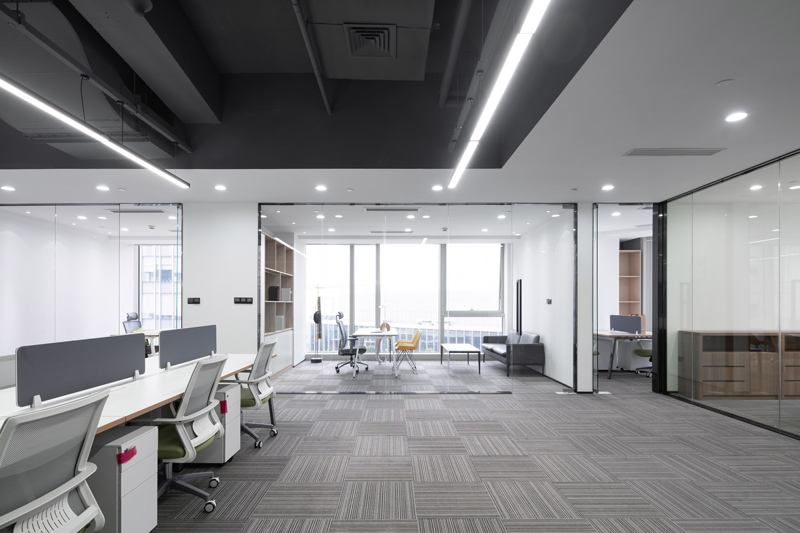
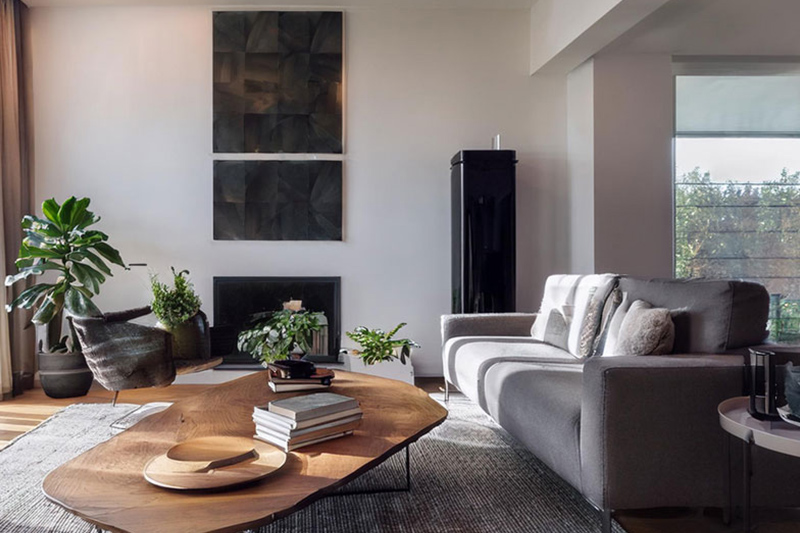
Self-Employed Office Premises and Other Types of Workspaces
Self-employed individuals working from home or renting office space can also claim painting and decorating expenses, provided they meet certain conditions:
- Home Office: If you work from home, you may be able to claim a portion of painting and decorating costs as a business expense. However, only the proportion used for business purposes is allowable.
- Rented Office Space: If you rent an office or workshop, painting and decorating costs for maintenance and general upkeep are considered allowable business expenses.
- Co-Working Spaces: If your agreement includes responsibility for maintenance, any painting and decorating costs you incur may be deductible.
Painting and Decorating: An Investment in Property Value
While painting and decorating can be deducted as a business expense, it's also important to remember that these activities can be a significant investment in the long-term value of your property. A well-maintained, freshly painted space enhances both aesthetic appeal and marketability.
For property owners, including landlords or those looking to sell or lease their property, regular painting and decorating can increase the value of the property, potentially offering a higher return on investment (ROI) down the line. Whether it's a fresh coat of paint for the interior or a professional exterior job, these investments not only help maintain the property’s appearance but also protect it from wear and tear, ultimately increasing its marketability and long-term worth.
How to Claim Painting and Decorating Costs
To ensure compliance with HMRC regulations:
- Keep Detailed Records: Maintain receipts and invoices for all work completed.
- Separate Revenue and Capital Expenses: If some work includes improvements, consult an accountant to determine what portion is claimable.
- File Expenses Correctly: Report revenue expenses in your annual tax return under business expenses.
Conclusion
Painting and decorating can be counted as a business expense in the UK, provided it qualifies as maintenance or repair rather than an improvement. Keeping accurate records and understanding the distinction between revenue and capital expenditure will ensure that your claims align with HMRC regulations, helping you maximise tax efficiency. Additionally, investing in regular painting and decorating is a smart move for preserving and enhancing the value of your property, offering potential long-term returns.
FOR PROFESSIONAL PAINTING PLEASE CALL OUR FRIENDLY TEAM ON 020 8949 2553

